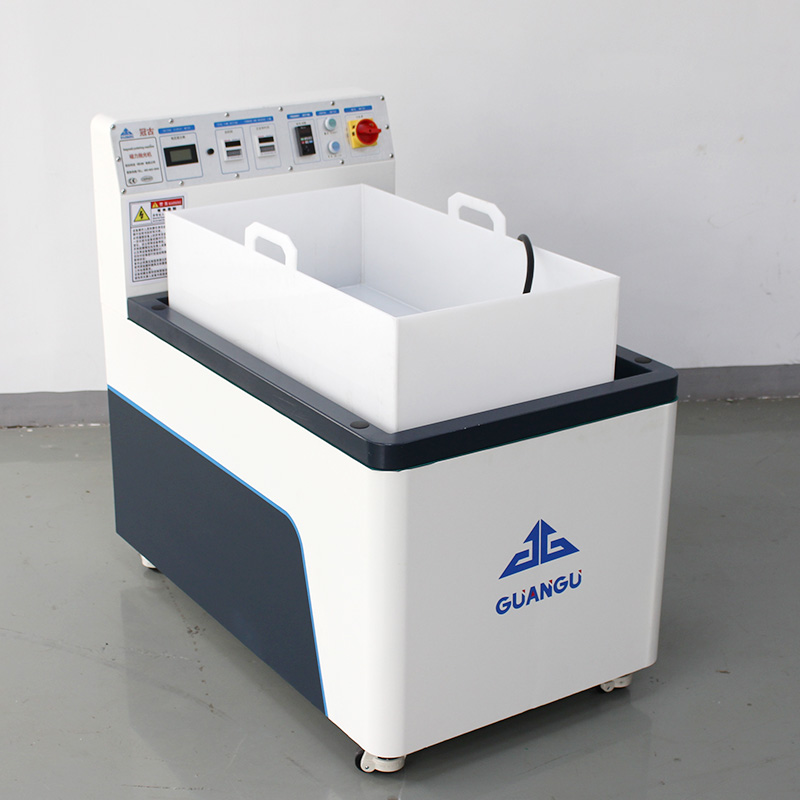A magnetic tumbler is a unique tool used for polishing small metal pieces that are delicate and require special handling. The primary function of a magnetic tumbler is to smooth and polish the surface of metal pieces without causing any damage or distortion to their delicate features.
A magnetic tumbler works by utilizing the principle of magnetism. The tumbler consists of a cylindrical metal container that contains stainless steel pins and a magnetic base. When the tumbler is in operation, the magnetic base creates a magnetic field that agitates the stainless steel pins, causing them to move randomly within the container. The pins, in turn, make contact with the metal pieces, producing friction that results in polished surfaces.

Magnetic tumblers are commonly used by jewelry designers and manufacturers, as well as by hobbyists who want to polish their jewelry pieces. They are also used for the polishing of small metal parts in industries like automotive, aerospace, and electronics.
Magnetic tumblers offer several advantages over traditional polishing methods. Firstly, they allow for a more uniform finish on metal pieces, making them ideal for intricate designs and textures. Additionally, magnetic tumblers can polish several pieces at once, saving significant time compared to polishing each item individually.
Another significant advantage of the magnetic tumbler is that it is an encapsulated system, meaning that it does not produce any dust or debris during the polishing process. This makes it an environmentally friendly option as well as a clean and safe alternative to traditional tumbling.
In conclusion, a magnetic tumbler is a unique and useful tool for the polishing of small metal pieces. Its encapsulated system, magnetic movement, and multi-piece capacity make it an efficient and safe option for the creation of high-quality polished items. Whether you are a jewelry maker or a manufacturer in the automotive or aerospace industry, a magnetic tumbler is undoubtedly a tool worth considering to streamline your polishing process.


